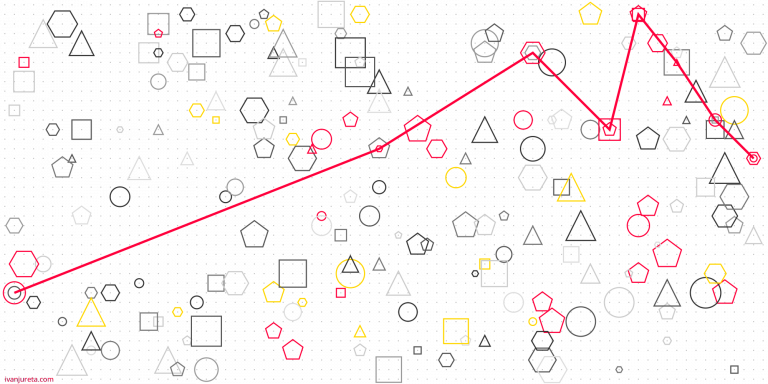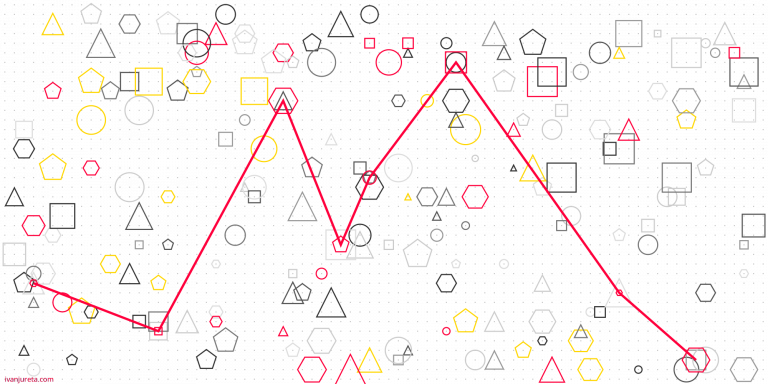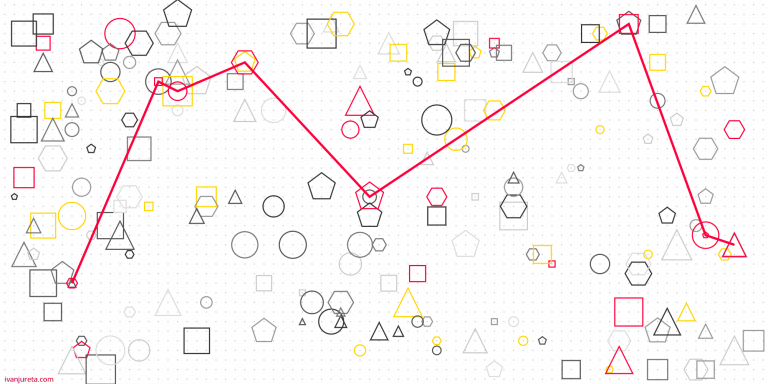Alternative Incentives for Positive Network Effects

If a product/service should generate positive network effects, how do you make the value comparable for the 1st and the 1 billionth user? Accomplishing this means that you can offer more value to the early adopters, and if so, then the network of users should grow faster, or equivalently, adoption should be faster.
“In economics, a network effect (also called network externality or demand-side economies of scale) is the phenomenon by which the value or utility a user derives from a good or service depends on the number of users of compatible products. Network effects are typically positive, resulting in a given user deriving more value from a product as other users join the same network. The adoption of a product by an additional user can be broken into two effects: an increase in the value to all other users ( “total effect”) and also the enhancement of other non-users’ motivation for using the product (“marginal effect”).” [1]
When growing a product/service that should generate positive network effects, one of the core problems is to start growing the network. If the benefit of each additional user/customer of the product/service increases product/service value for existing users, then the early adopters are taking the biggest risk of all users: they start to use and buy into a network without value. When a user starts using a social network, the value they expect is quite different if they are the 10th user vs 1,000,000,000th user.
An idea that’s been floating around for some time, is to sell shares of the entity that owns the product/service to early adopters, thereby aligning their incentives to those of the owners: to use the product, help improve it (usually via feedback to product managers), help sell it, and so on. I remember discussing this in 2016. Selling shares is a costly and complex process, it is unclear if it is even feasible in the early stages when product market fit is being sought [2]. However, the reason this idea no longer sounded odd in 2016, is because of cheaper alternative ways to share the success (or failure) with early adopters, which developed with the reduction in cost to launch a crypto token [3].
The basic idea is that as you go to market with an MVP, you also issue crypto tokens to early adopters. In a recent example [4], the suggestion is to sell crypto tokens and require a threshold value for a user who can then have access to the product/service (i.e., “you can use the product if you have X crypto tokens”), whereby the price would initially be low.
The notion of giving, or cheaply selling crypto tokens to early adopters looks like a winner: you incentivize entry, which should lead to network growth and thus increase network value, which in turn makes entry even more attractive, and so on. At the same time, by controlling the supply of tokens, you can produce the mechanism by which the next user gets fewer tokens, while the exchange value of each individual token grows.
Not all risks can be mitigated this way.
The incentive for new users is only an expectation of future value, not an obligation to invest effort. In a sample of users who join early, there will be those who will benefit disproportionately relative to the effort they invest to grow the network: there will be some who are investing effort, and some who don’t, yet all benefit if the value of the network grows. Looks like a variant of the free-rider problem [5].
An obvious potential solution is to tie token ownership to usage: a user has an amount of tokens proportional to how much she uses the product/service. The problem with this is how to measure usage in a way which reflects value from users: there may be users who use the product/service a lot, but in some trivial ways which makes their feedback less valuable, while other users may use infrequently, but for complex use cases, which possibly yield higher value feedback.
Rewarding referral is an approach that works without crypto tokens. The value of a referral drops as the network grows, reflecting the increased product/service value and lower barrier to adoption for new users, and thereby lower value of the effort a user puts to bring an additional user in.
Despite open questions, it is attractive to have increasingly cheaper technology (which enables the issuing of crypto tokens) that enables you to create new incentives for non-staff to share costly knowledge and invest valuable effort without a clear and immediate transfer of value. It is technology that enables the conversion of enthusiasm into transferable digital assets. The key problems then, are how to ensure that the value of these digital assets grows, and how to make these digital assets exchangeable with other crypto tokens or traditional currency. Otherwise, there will be no network of users.




